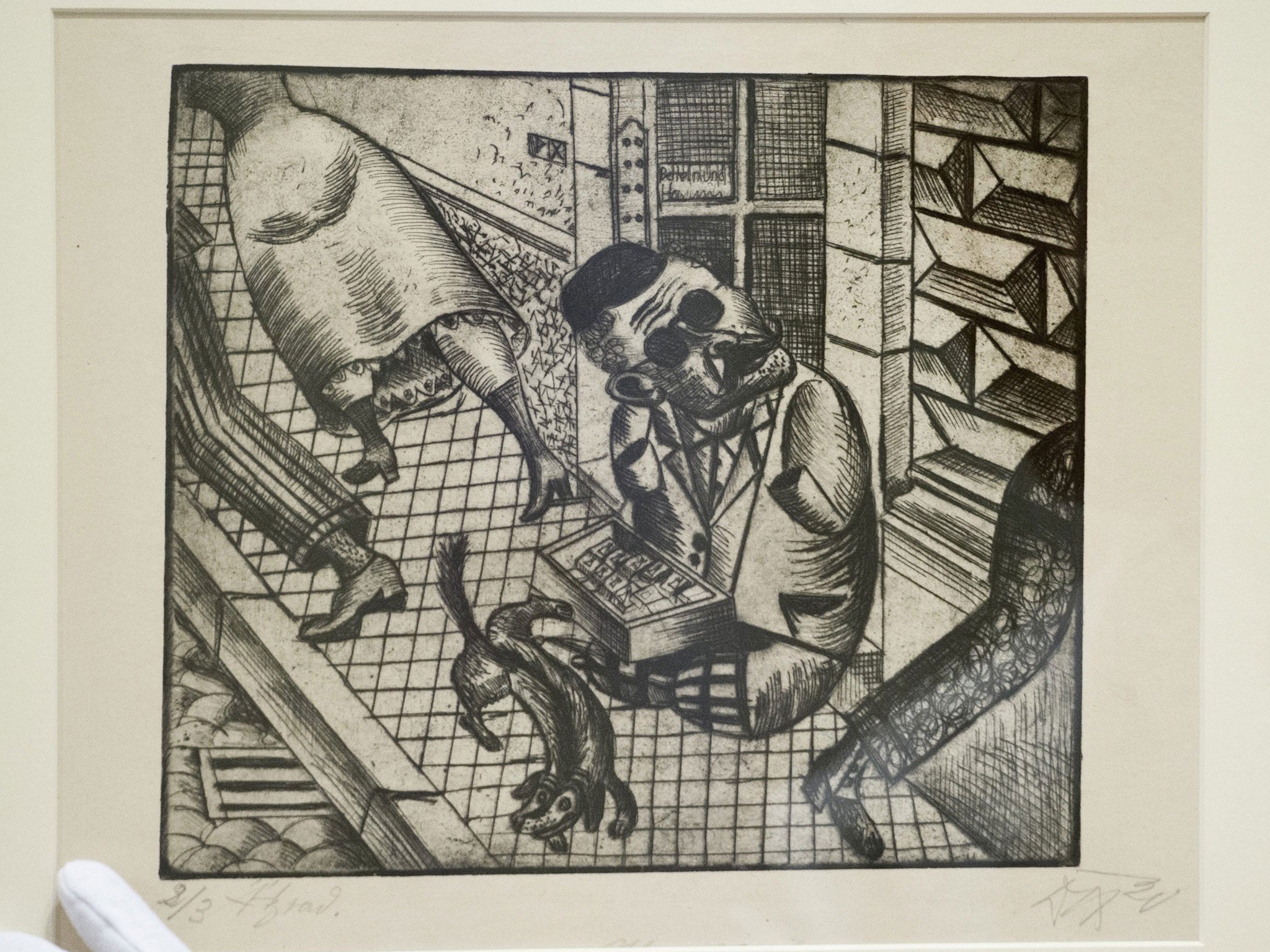V&A to publish Hitler's 'degenerate art' list online
The inventory lists the paintings that were forbidden in Nazi Germany

Your support helps us to tell the story
From reproductive rights to climate change to Big Tech, The Independent is on the ground when the story is developing. Whether it's investigating the financials of Elon Musk's pro-Trump PAC or producing our latest documentary, 'The A Word', which shines a light on the American women fighting for reproductive rights, we know how important it is to parse out the facts from the messaging.
At such a critical moment in US history, we need reporters on the ground. Your donation allows us to keep sending journalists to speak to both sides of the story.
The Independent is trusted by Americans across the entire political spectrum. And unlike many other quality news outlets, we choose not to lock Americans out of our reporting and analysis with paywalls. We believe quality journalism should be available to everyone, paid for by those who can afford it.
Your support makes all the difference.The V&A is to publish the complete list of Hitler’s confiscated ‘degenerate art’ online for the first time.
‘Entartete Kunst’ (degenerate art), which comprised mainly of modern art, was confiscated by the Nazi regime from public institutions in Germany during 1937 and 1938.
The works of art were banned on the grounds they were un-German, painted by Jewish artists or had Jewish themes. Those identified as degenerate artists were forbidden to exhibit or sell their art, and in some cases were forbidden to produce art at all.
A small number of works by artists including Marc Chagall, Henri Matisse, Pablo Picasso and Vincent van Gogh were seized. But the majority of banned works were painted by German expressionist artists Ernst Ludwig Kirchner and Max Beckmann, as well as Emil Nolde and Erich Heckel.
A cache of 1,500 lost paintings looted by the Nazis was found last year in the home of Cornelius Gurlitt, the son of well-known pre-war art dealer Hildebrand Gurlitt. The paintings included works by Paul Klee, Marc Chagall, Otto Dix and Pablo Picasso.

The inventory of the banned works was donated to the V&A in 1996 by the widow of Austrian-born art dealer Heinrich Robert Fischer.
The list was thought to be compiled in 1941-42, and provided information on what happened to each painting.
Confiscated works were listed in alphabetical order by the artist, and marked with an ‘X’ to indicate if they were destroyed.
The list of Nazi ‘degenerate’ art will be made available in its entirety on the V&A’s website (www.vam.ac.uk) from the end of January.
Join our commenting forum
Join thought-provoking conversations, follow other Independent readers and see their replies
0Comments